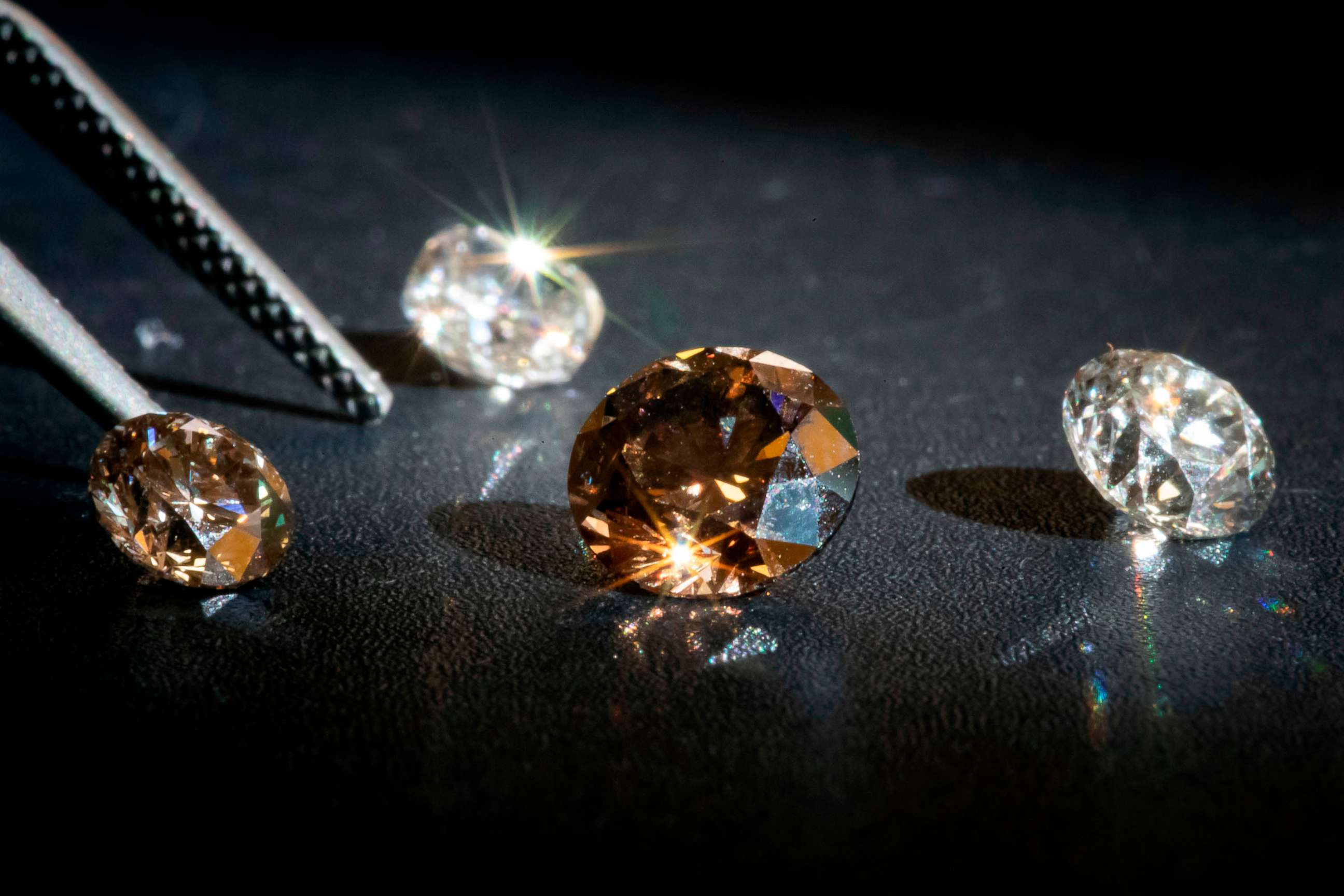
The Cullinan Diamond is not just a gemstone — it’s a legend, a treasure, and a symbol of unparalleled beauty and history.
Discovered more than a century ago, it continues to captivate gemologists, historians, and jewelry enthusiasts worldwide.
In this article, we’ll explore the remarkable journey of the Cullinan Diamond, its discovery, cutting process, and the lasting impact it has had on culture and society.
The Discovery of the Cullinan Diamond
On January 26, 1905, at the Premier Mine in Cullinan, South Africa, Thomas Evan Powell, the mine superintendent, spotted something sparkling in the wall of the pit. It turned out to be the largest rough gem-quality diamond ever found, weighing a staggering 3,106 carats.
Named after Sir Thomas Cullinan, the owner of the mine, the diamond immediately became a worldwide sensation.
Fascinating Facts:
- The rough Cullinan was about the size of two adult fists.
- It reflected so much light that it was visible from hundreds of meters away under the sun.
- Initially, some believed it was simply a piece of glass planted by a prankster!
How the Cullinan Diamond Was Transported
Given its priceless nature, transporting the Cullinan to England was a massive security concern.
- A decoy ship with heavy security was publicly announced.
- Meanwhile, the real diamond was sent quietly by ordinary registered post, packed in a simple box!
It was then presented to King Edward VII as a gift from the Transvaal government — a political move to ease tensions after the Anglo-Boer War.
The Art of Cutting the Cullinan
King Edward VII entrusted the prestigious Amsterdam-based Asscher Brothers to cut the stone — a job filled with enormous pressure.
Key Moments:
- Joseph Asscher himself made the first cut in 1908.
- Legend says he fainted after successfully making the first crucial cleave!
- The diamond was cut into 9 major stones and 96 smaller brilliant gems.
Today, these stones remain integral to British Crown Jewels and royal heirlooms.
The Most Famous Stones from the Cullinan
1. The Great Star of Africa (Cullinan I)

- 530.2 carats
- Set into the head of the Sovereign’s Sceptre with Cross.
- It remains the largest clear-cut diamond in the world.
2. The Second Star of Africa (Cullinan II)
- 317.4 carats
- Set in the Imperial State Crown, worn by monarchs on special state occasions.
Both stones are displayed in the Tower of London, attracting millions of visitors each year.
Cultural and Political Impact
The Cullinan wasn’t just a gem — it was a diplomatic gift designed to heal wounds between Britain and South Africa.
- Strengthened ties between the two nations.
- Reinforced the idea of the British Empire’s global dominance.
- Inspired further exploration and investment in South African mines.
The Cullinan Diamond helped shape the geopolitics of its time.
Modern Technology Meets the Cullinan Legacy

Today, advances in gemological technology allow scientists to study the Cullinan Diamonds without damaging them.
- Laser scanning and 3D imaging have revealed previously unknown internal structures.
- Studies show Cullinan diamonds originated from deep within the Earth’s mantle — almost 700 kilometers underground.
This data not only fascinates scientists but also provides insights into Earth’s geological history.
The Cullinan Diamond in Popular Culture
The Cullinan’s mystique has inspired:
- Books and documentaries.
- Royal exhibitions and jewelry replicas.
- Countless references in pop culture symbolizing luxury and power.
From novels to Hollywood films, the Cullinan remains synonymous with grandeur.
Read Also: Today’s Gold Prices: What You Must Know in 2025
The Lasting Legacy of the Cullinan
In 2025 and beyond, the Cullinan Diamonds continue to:
- Serve as timeless symbols of monarchy.
- Educate new generations about history and gemology.
- Remind us of the enduring power of natural beauty combined with human craftsmanship.
Despite political debates about colonial history, the Cullinan’s narrative remains a vital piece of world heritage.
Why the Cullinan Still Matters Today
1. Symbol of Craftsmanship
The precision and skill that went into cutting the Cullinan set new standards for diamond processing.
2. Historical Significance
It tells a story not just of wealth, but of empire, diplomacy, and innovation.
3. Modern Scientific Insight
New technologies continue to unlock secrets from within the diamond, offering glimpses into Earth’s ancient past.
Final Thoughts
The Cullinan Diamond’s story is a blend of nature’s miracle and human mastery.
From its dazzling discovery to its meticulous cutting and symbolic power, it remains a beacon in the history of precious gems.
In an ever-changing world, the Cullinan Diamond reminds us that some treasures are truly timeless.



